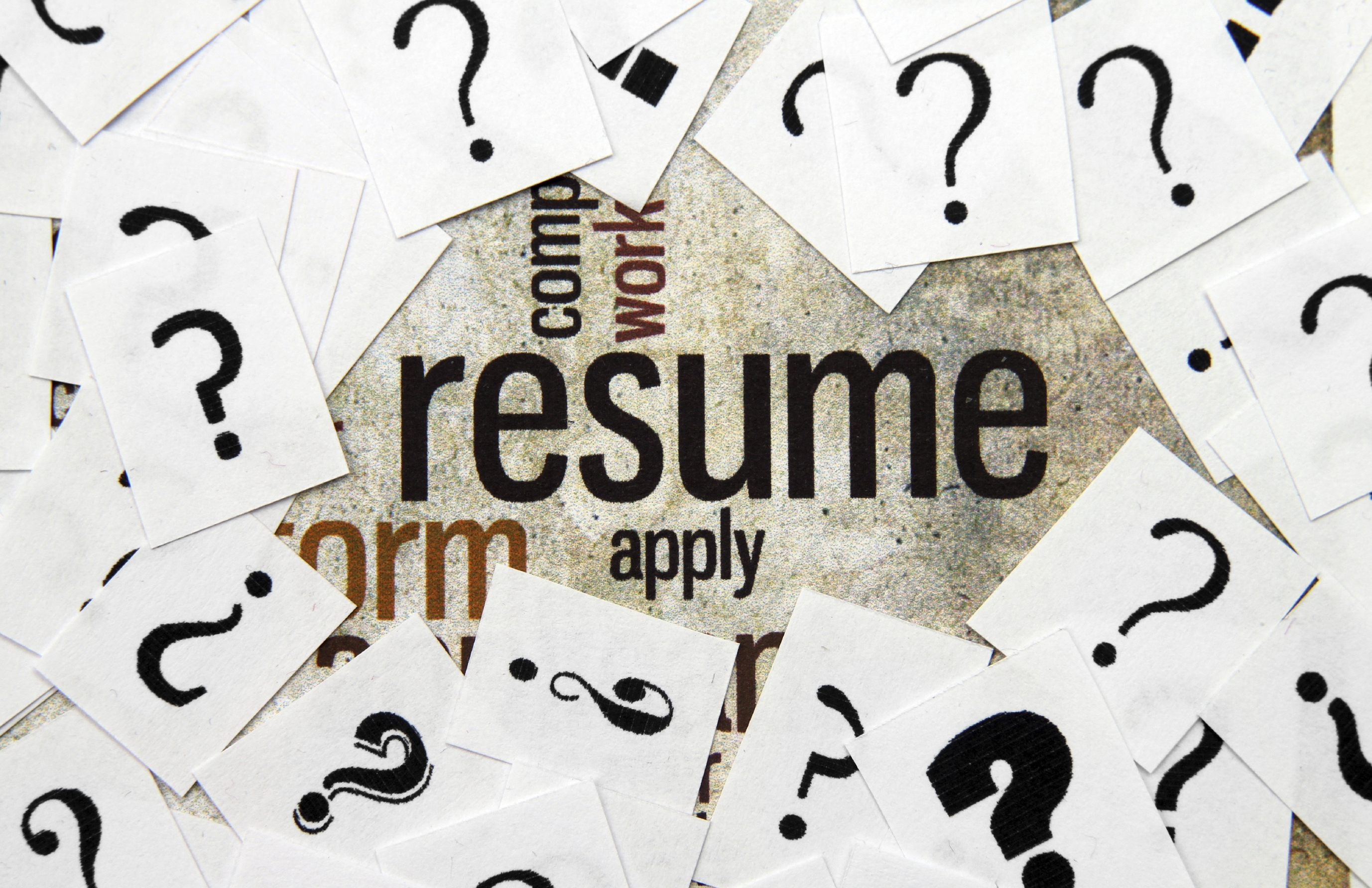
One of the most crucial parts of writing an effective resume is choosing the right format. We usually distinguish between chronological, functional, and hybrid formats, with each having distinct pros and cons. To that end, we will be discussing different resume formats and which ones work for which job seekers. Today, we’ll look at the functional resume format.
What is it?
The functional resume format is the opposite of the chronological format which we discussed previously. Whereas the chronological format was all about where you worked and when, the functional format minimizes your chronological work history. Instead, the functional format focuses on your skills, key competencies, accomplishments, and highlights of experience – basically, what makes you special and uniquely qualified.
In another post, we discussed how the functional resume can benefit job seekers with nontraditional career paths. Today, we’ll look at the other type of job seeker for whom the functional template is a good choice.
The Advantages
The functional resume format works well for people who have a long history working in a single career at multiple locations. For people with this sort of “single-track” career, the functional template can prevent redundancy. For example, if you’ve worked as a nurse at five different locations over the past twenty years, doing pretty much the exact same job at each location, you may not want to write out the exact same duties and skills five times on your resume. Instead, you can use a functional template to describe all of your job skills and experience without being repetitive.
This can be especially advantageous for older job seekers whose best work accomplishments may have been many years ago. The functional template allows you to put your best achievements at the top of your resume, regardless of when they occurred.
The Disadvantages
The primary disadvantage of the functional resume is that it can be hard to write. Since you have an extensive work history in the same field, you will not be able to put everything you’ve ever done on a resume. You will have to focus on the most valuable and relevant information. This means that you will need to search your memory and determine your best skills and accomplishments, even stretching back over decades. The process of writing a functional resume is time-consuming and complex. However, in most cases, the extra work is worth it, because a functional resume will prevent you from having a lengthy resume which repeats the same phrases over and over.
Components of a Resume
Contact Information: Your name, physical address (optional), phone number with area code, email address, and LinkedIn URL (optional).
Personalized Sections: This is the largest section of the functional resume, and the least rigidly structured. This is where you get to be creative. No two functional resumes look exactly alike – you need to find the best way to present your skills and qualifications. You may start with a summary of qualifications, a short paragraph of keywords describing your best skills, and then move to a “highlights of experience” section, where you detail some of your relevant experience. Or, you may start with a large, bullet-point-filled skills section, then have a key accomplishments section where you brag about the best stuff you’ve done. Or, you may divide it up into several sections of key competencies. Look at our example for inspiration. This resume is for a seasoned employee who’s trying to condense an extensive career into a succinct document, while drawing attention away from how old some of his best experience is. He begins with a detailed list of his most relevant skills as an office manager and bookkeeper, then highlights a few of his greatest accomplishments from throughout his career. If you’re still not sure how to format your functional resume, check for examples online and in resume books.
Work History: This section will be brief and near the bottom of the resume. Each entry in this section will consist of your job title, company name, city and state, and dates worked. Nothing else is needed, because all the details are included in your personalized sections.
Education: This would be the place to include academic degrees (Bachelor of Science, Associate’s Degree, etc.), vocational certifications (teaching license, LPN, etc.), and industry credentials (CPR, TWIC, OSHA, ServSafe, etc.). Remember to include the name and type of diploma earned, the name of the school, and the city and state.
References: Your references should not be part of your resume. References should be on a separate document, one which you only provide when it is asked for. You may include a line on your resume that says, “References available upon request.”
In addition to these tips, you can come by the Career Center in person anytime during business hours for one-on-one help with your resume.
Written by Lynnette Lee.
Note: This article was originally published in 2017 and has been re-posted with updates to reach a new audience.







